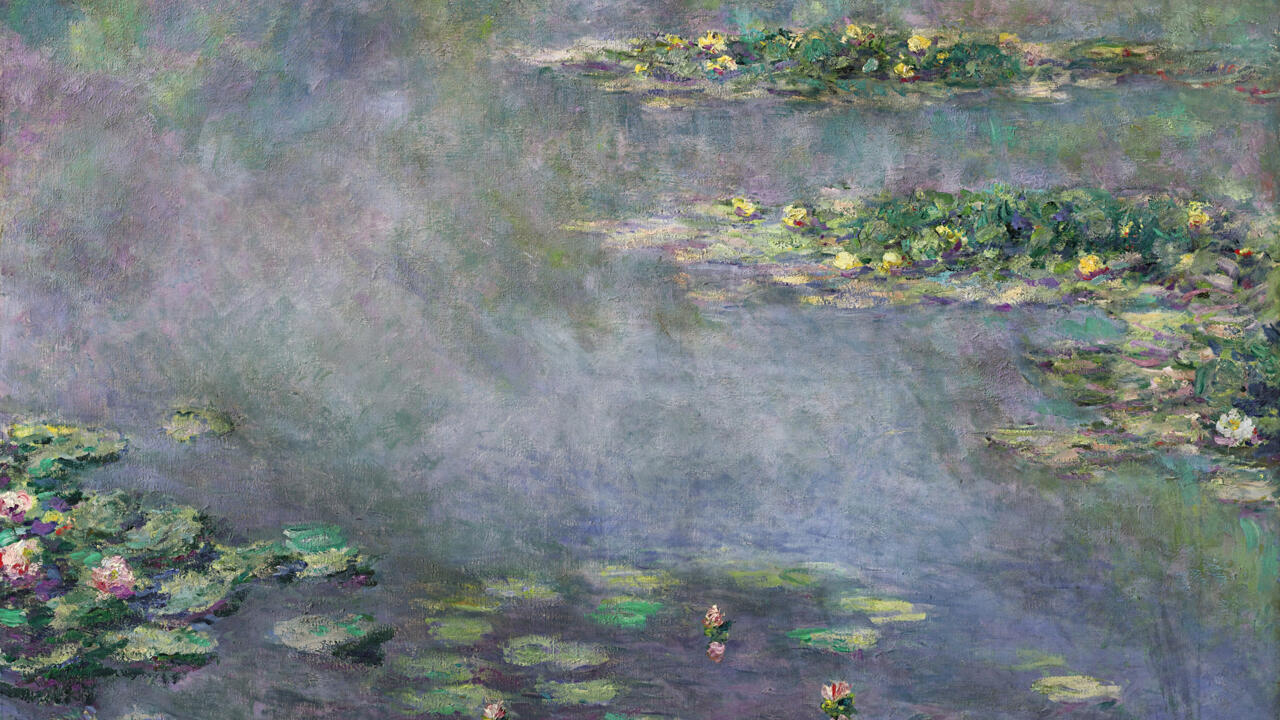
Robert Draws – Monet’s Water Lilies is one of the most iconic and celebrated works of art in the history of painting. Claude Monet, a founder of the French Impressionist movement, used this series to capture the peaceful beauty of nature. Created over the last three decades of his life, the Water Lilies paintings reflect Monet’s deep connection to his garden at Giverny. These works highlight his ability to portray natural beauty in an ever-changing light, creating a sense of tranquility and harmony. This article explores the significance of Monet’s Water Lilies and how they represent a profound moment in the evolution of modern art.
Monet began working on the Water Lilies series around 1896, drawing inspiration from his garden in Giverny. His garden had a pond covered with water lilies, a motif that fascinated him for years. The pond was the perfect subject for Monet to experiment with reflections, light, and color. Over time, he focused entirely on this subject, creating more than 250 paintings featuring the water lilies. Monet’s dedication to this project showed his desire to capture not just a landscape, but a moment in time, an atmosphere that changed with the weather and the light. He spent countless hours observing his garden, allowing the natural surroundings to guide his brushstrokes.
“Read about: A Painting of Ruin: Analyzing The Death of Sardanapalus”
Monet is best known for being a leader of the Impressionist movement. This style of painting emphasizes capturing a momentary impression rather than precise details. In the Water Lilies series, Monet applied this technique in a way that was revolutionary for the time. He abandoned the traditional approach of foreground and background, opting instead to focus on the entire surface of the canvas. The use of broad, sweeping brushstrokes blurred the lines between water, sky, and plant life, creating an immersive experience for the viewer. The paintings encourage the viewer to experience the painting as a whole rather than focusing on specific details.
The light is a crucial element in Monet’s paintings. His works often reflect his fascination with how light interacts with the natural world. In the Water Lilies series, the reflections on the surface of the pond add a layer of complexity to the composition. The changing light throughout the day causes the scene to transform, offering a variety of colors and moods. Monet’s use of vibrant hues, especially his signature shades of blue, green, and purple, captures the fleeting beauty of nature and its constant change.
The color palette in Monet’s Water Lilies series is rich and varied, creating different moods throughout the paintings. The artist used a combination of soft pastels and vibrant tones to capture the subtle variations of light. In many of the paintings, the water’s surface reflects the sky, creating an almost ethereal quality. The lilypads, though dark and solid, appear soft and glowing against the surface of the water. Monet also used dabs of bright yellow, pink, and white to add depth and contrast. This bold use of color was revolutionary, as it moved away from the traditional, more muted tones of academic art.
In the later years of the series, Monet began to experiment even further with color, using fewer details and more abstract forms. This shift towards abstraction in his work was a precursor to modern art movements that would emerge in the 20th century. By the end of his life, Monet’s Water Lilies paintings became increasingly experimental, breaking away from realism and embracing a more emotional and subjective interpretation of the natural world.
While Monet’s Water Lilies are often seen as serene and tranquil depictions of nature, they also carry deeper symbolism. The water lilies themselves are symbolic of purity and peace. The pond, covered in lilies, represents the calm and beauty of nature, free from the chaos of the outside world. For Monet, the water lilies were a way to escape into his private garden, a retreat from the troubles of life and health struggles. The repetition of the lilies throughout the series suggests a meditation on the passage of time and the constant renewal of nature.
The works also invite viewers to contemplate the idea of reflection. Monet’s careful rendering of reflections on the water’s surface suggests a deeper philosophical connection to the world around us. The reflections blur the line between reality and illusion, making us question our perception of nature. Monet, through his Water Lilies, asked us to see the world not just as it is, but as we feel it to be.
Monet’s Water Lilies left an indelible mark on the art world, influencing generations of artists. His work pushed the boundaries of what was considered acceptable in the art world and helped to redefine modern art. The abstraction in his later paintings laid the groundwork for artists like Jackson Pollock and Mark Rothko. Monet’s ability to capture the essence of nature without focusing on precise details opened the door for more emotional and experimental expressions in art. The Water Lilies are not only beautiful works of art, but also important milestones in the evolution of artistic movements.
Monet’s legacy is now preserved in museums around the world. Some of the most famous Water Lilies paintings are housed in the Musée de l’Orangerie in Paris, where they are displayed in a unique oval room designed specifically for them. The immersive nature of the installation allows visitors to experience Monet’s vision up close, creating a profound connection with the work.